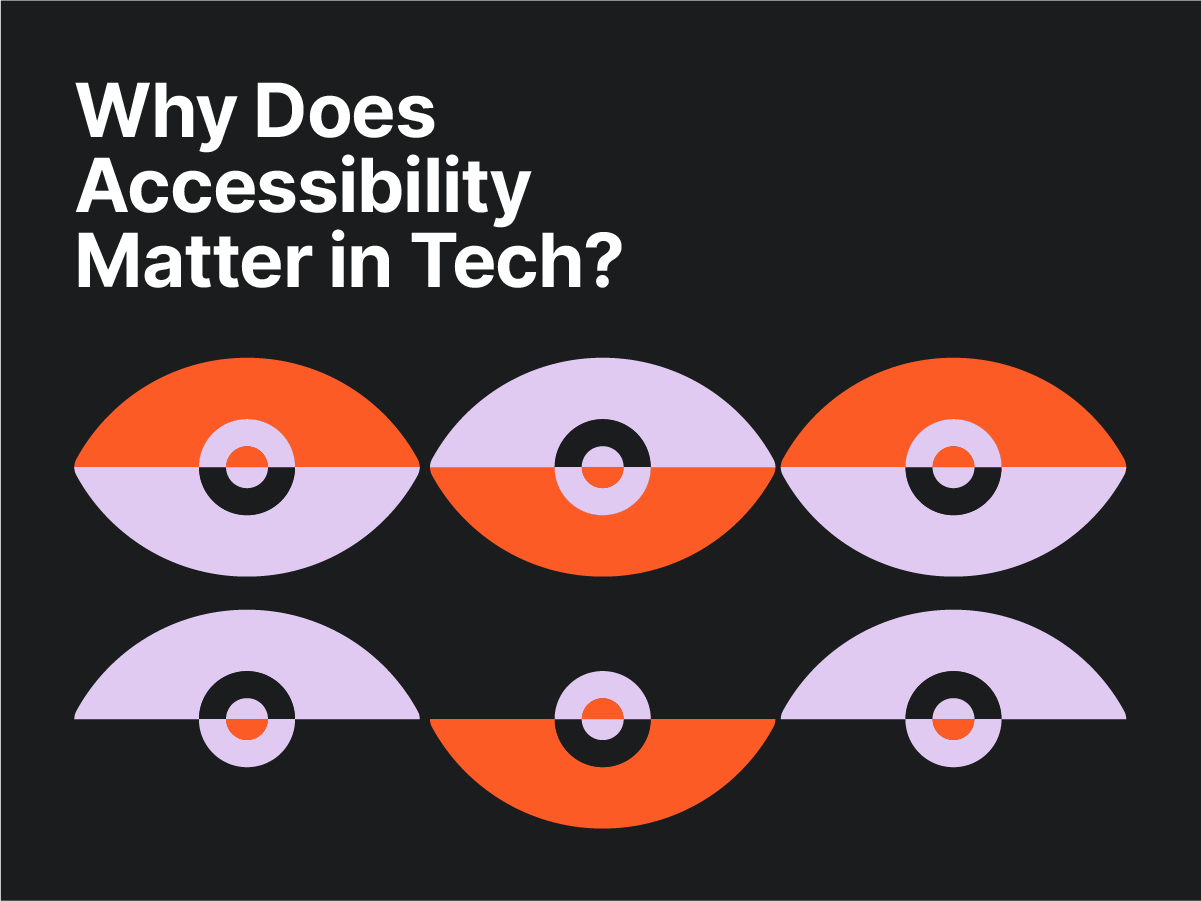Why does accessibility matter in tech?

In the digital world, “Accessibility” (or A11y — as in, "a", then 11 characters, and then "y") means that websites, tools, and technologies are designed and developed so that people with disabilities can use them. More specifically, it means that people can perceive, understand, navigate, and interact with the Web, as well as contribute to the Web. Web accessibility includes people with all types of disabilities, from common disabilities such as Motor, Visual, or Hearing, to more complex ones like Speech, Neurological, or Cognitive.
Having strong policies and guidelines to address this matter, not only benefits people with disabilities but also people who are older, have slow or unstable Internet connections, have temporary or situational disabilities, or who access from other devices such as mobile. According to the World Report on Disabilities, around 15% of the world’s population lives with a disability. That means, at least 1000 million people can’t visit your website if the content isn’t developed to be accessible for everyone.
Nidal Barake, one of our founders, said “I believe that to be a successful company, we have to invest in personal relationships. Teams are more inclined to work better together if there is a personal bond, if we understand each other better, and if we create empathy”. Following that same principle, we want everyone who uses our digital products to feel comfortable, understand, and enjoy our content regardless of the device they use, the disability they may have, or their internet connection.
To do so, we follow the recommendations of the WebAIM, a non-profit organization based at the Institute for Disability Research, Policy, and Practice at Utah State University. Hand in hand with the design and the development teams, we are implementing strategies to make the use of our digital products easier and more accessible. These are some of the elements we take into consideration:
The color contrast between text and its background (e.g., texts, icons, graphics): if the contrast is too low, users with visual limitations will not be able to perceive the difference. The WebAIM has a couple of tools that help us validate if the contrast between the colors we use on our website is correct:
Viewport meta tag: if the maximum-scale and users-scalable properties are misused, our website will have accessibility issues as visually impaired users will not be able to zoom in if required. The recommendation is a minimum value of 5.0 to the maximum-scale property and not add the user-scalable=no property.
Website orientation: content doesn’t restrict its view and operation to a single display orientation, such as portrait or landscape unless a specific display orientation is essential. Some users don’t have the ability to adjust the orientation of their device, so the website would not be accessible to them.
Images of text: content should be presented using only text rather than images of text unless images of text are essential. So, users with disabilities can use tools to customize it according to their requirements.
Reflow: the website can be visualized without loss of content or functionality and without requiring scrolling in two dimensions, on sites with a width of 320px (vertical scrolling content) and with a height of 256 px (horizontal scrolling content), although there are some exceptions like images, maps, diagrams. A very easy way to prove it:
With vertical scrolling content: a starting viewport width of 1280px wide at 400% zoom.
With horizontal scrolling content: a starting viewport height of 1024px at 400% zoom.
These are some of the basic WebAIM recommendations we apply to our web applications to make them more accessible to everyone. On its website, we can find Web Content Accessibility Guidelines. Also, there is a checklist that we follow to make sure we are doing things right.
As we can see, designing and developing an accessible website requires a few more hours of work, but it’s something that will not only benefit all of those who will now be able to appreciate and enjoy our content, but we will also be able to go beyond the limitations that did not allow us to reach more than one billion users worldwide.
- Accessibility
- -
- Tech Products
- -
- Websites